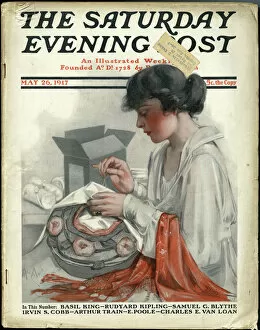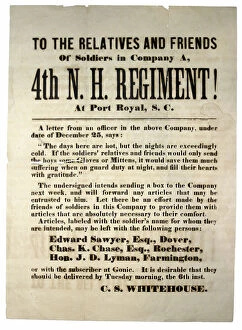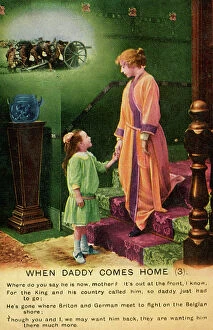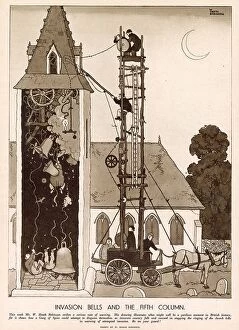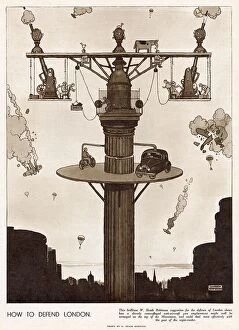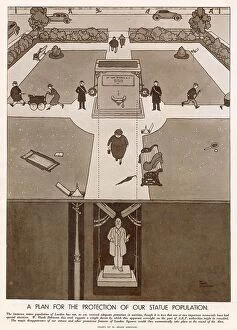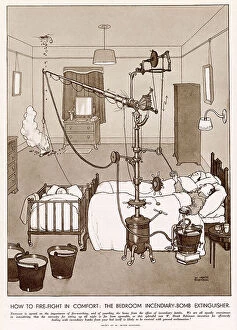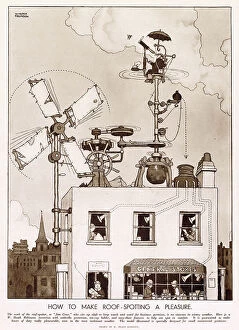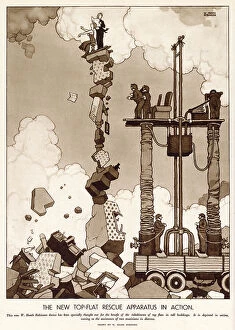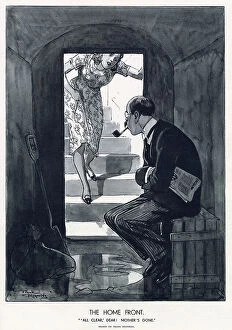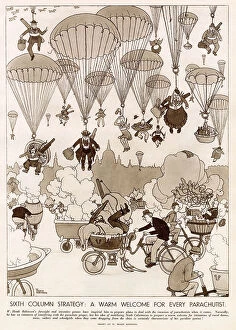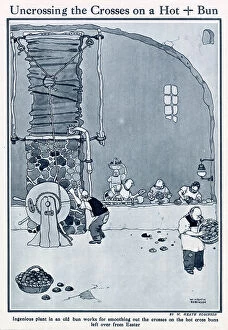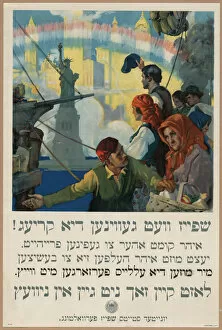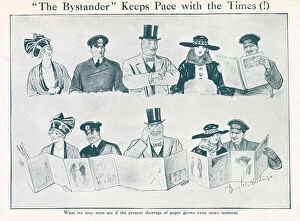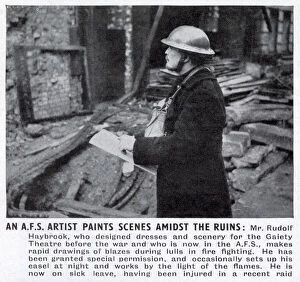Homefront Collection
"Homefront: Unseen Heroes and Resilient Spirits" Amidst the chaos of war, the homefront became a battleground of courage and compassion
All Professionally Made to Order for Quick Shipping
"Homefront: Unseen Heroes and Resilient Spirits" Amidst the chaos of war, the homefront became a battleground of courage and compassion. In 1916, Christmas parcels filled with hope were sent to the trenches, reminding soldiers that they were not forgotten. The devastating bomb damage inflicted upon St Paul's Cathedral in London served as a haunting reminder of the enemy's relentless attacks. In this tumultuous era, women emerged as unsung heroes on the homefront. With determination and skill, they sewed uniforms for their loved ones serving at war. Breaking barriers further, women took up roles as electricians during World War I, proving their invaluable contribution to society. Artistic endeavors also played a role in boosting morale amidst adversity. Norman Keene meticulously replicated William Heath Robinson's original drawings on boarded-up shop fronts in London. These whimsical illustrations showcased the merchandise inside these shops - a glimpse into normalcy during uncertain times. The Auxiliary Territorial Service employed searchlights at night in 1943 to spot incoming aircrafts - an act of bravery that safeguarded countless lives from bombings overhead. Similarly, famous statues were moved to safety in 1941 to preserve history while protecting them from destruction caused by relentless air raids. Mrs Robert Hudson exemplified selflessness through her work with Women's Voluntary Service in East End London. Distributing clothing and comforts to those who had lost everything due to bombings brought solace amidst despair. During King George VI and Queen Elizabeth's visit to East End London – an area ravaged by fierce bombing – they walked over debris, examined craters firsthand, shook hands with survivors and demolition workers alike; their presence symbolizing solidarity and resilience. Londoners found refuge underground during the Blitz when sleeping quarters turned into makeshift shelters against constant bombardment - united by fear but unwavering resolve. The Local Defence Volunteer Force formed in 1940 demonstrated ordinary citizens stepping forward bravely to protect their homeland.




